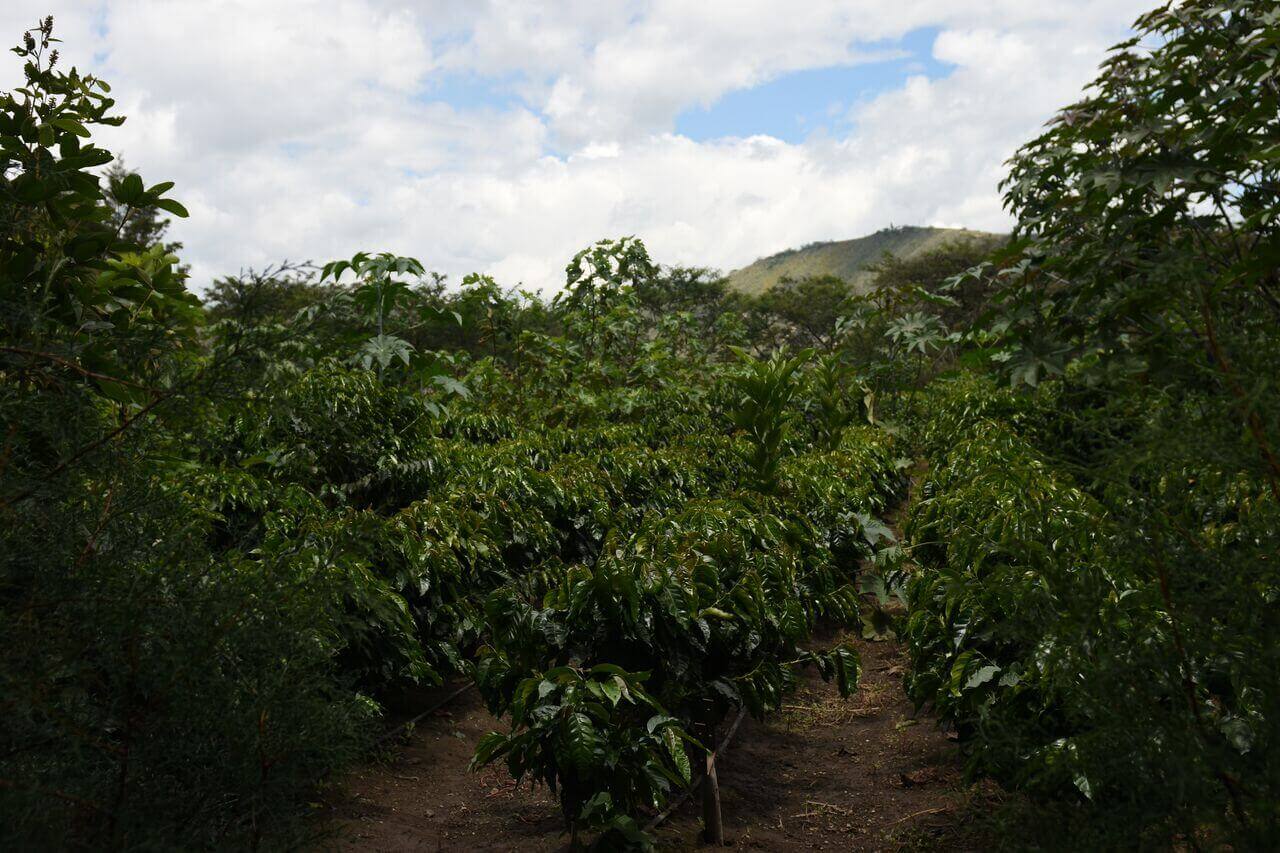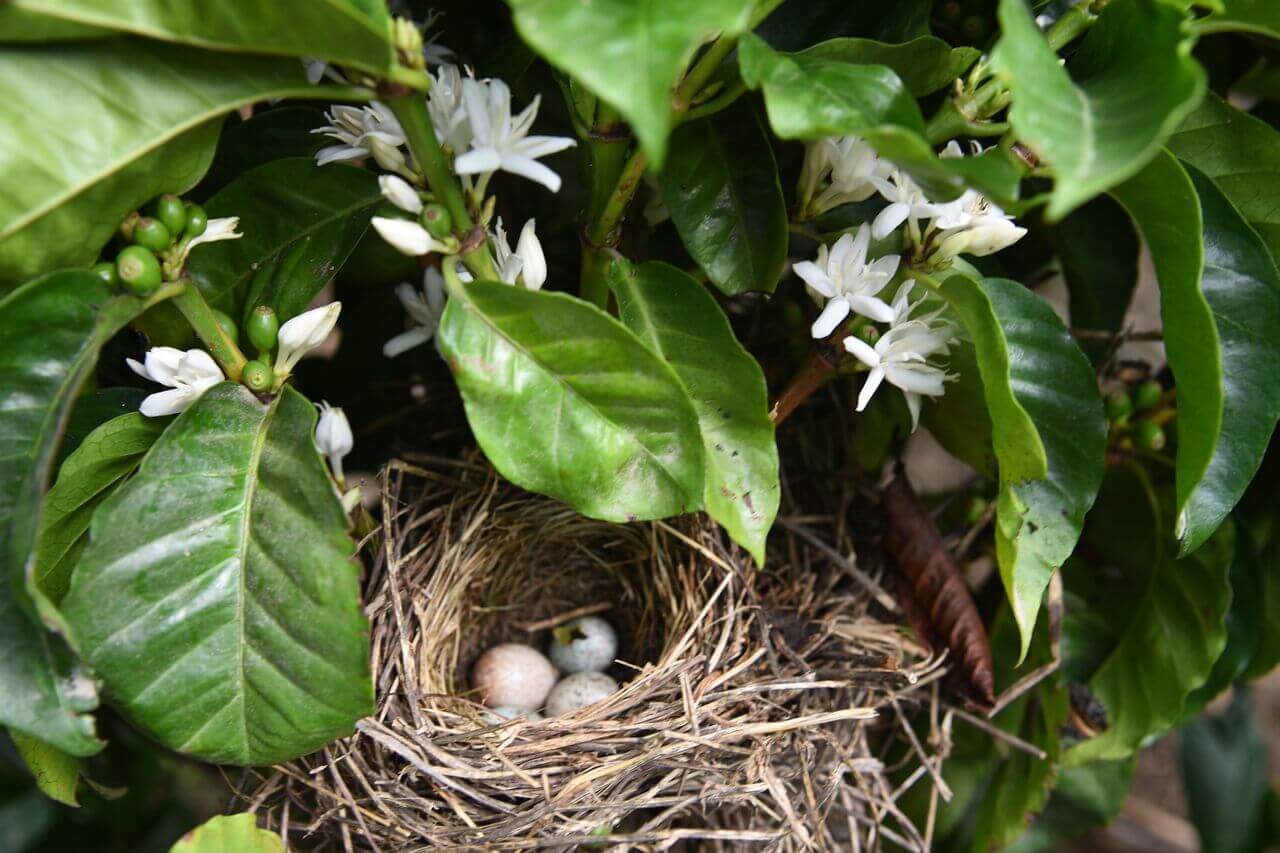
Red Fox was in Ecuador last month for a brief visit at start of the harvest season. We went to check in with the farmers and partners we work with, to talk through what went well and what didn’t with last season’s shipments, to ask how farms weathered El Niño, to hear how families & businesses were affected when the earthquake hit the coast in April. We also went with some existential questions for ourselves about Red Fox’s place in Ecuador, about whether working there makes sense for us in the big picture. Ecuador has been part of Red Fox’s portfolio since the beginning, and we have longstanding relationships there that mean a lot to us. But it’s also a challenging origin for us, in that Ecuadorian coffee is very expensive, and expensive coffee is hard to sell.

We pay more for coffee in Ecuador than we do in any other origin except Kenya. It’s crazy. It’s hard to justify paying so much for South American coffee, especially when there’s a wealth of great coffee to be had for a fraction of the price in neighboring Colombia or Peru. And it’s a challenge to make the case to customers that Ecuadorian coffee is worth the price, even when we’re offering beautiful, unique, and excellently prepared coffees from dedicated producers and inspiring farms.
So why is coffee so expensive in Ecuador? One factor at play is simple supply and demand. Compared to its Andean neighbors, Ecuador’s share of coffee production is tiny. Total production in Ecuador, according to the ICO’s stats, was 700,000 bags in 2015, compared with 13,500,000 bags in Colombia and 3,200,000 in Peru. Take out the robusta, commodity-grade arabica, and what’s going to the soluble market from those numbers, and the slice that is specialty coffee is tinier still. Competition for that small slice is strong and growing. Ecuador’s precarious, oil-dependent economic climate has stifled investment in farms and hurt overall yields for the past few years. Put those things together and you get a recipe for escalating coffee prices.

But another piece of the puzzle in Ecuador is the cost of producing coffee there. Coffee farmers everywhere struggle with the cost of production, with access to credit and seasonal cash flow, but the particular economic and political realities in Ecuador make it a special case. Ecuador switched its currency to the US dollar in 2000, after hyperinflation and a banking crisis left the economy reeling. In recent years, the strong dollar has made Ecuadorian exports more expensive. That, plus the collapse of oil prices, on which Ecuador’s economy has depended since the 70s, has contributed to a decline in export revenues to which President Correa’s government has responded by restricting imports and raising taxes & tariffs on foreign goods. This matters to coffee producers and to the price of coffee because every truck, jeep, bag of fertilizer, and piece of machinery or farm equipment that has to be imported comes with an an additional premium that drives up production costs.
The cost of labor is also much higher in Ecuador than in other coffee-producing countries. Minimum wage has more than doubled since Correa was first elected, from $170/month in 2007 to $354/month in 2015, and benefits like vacation, bonus payments, and contributions to health care and social security are mandated by law and enforced. For coffee producers in Las Tolas, the total cost of wages & benefits for a full-time farm employee is around $22/day. Compare that to labor costs in Colombia, for instance, where wages can be as low as $4/day — you can’t, really. It’s a whole different world.

We left Quito feeling strongly that Red Fox still belongs in Ecuador, that we have a role to play in the coffee industry there. If we’re serious about wanting to build a resilient supply chain that benefits everyone in it, how can we write off Ecuadorian coffee as too expensive when those high prices reflect a labor market in which farm workers are receiving more? Part of why we do what we do is because of our belief that there is a model out there in which coffee production can support and sustain individuals, families, communities, and perhaps even economies as a whole. If Ecuador is a test case, then we’re up to the challenge. Our first step is to better understand what the the true costs of coffee production look like, and to attempt to accurately represent those realities to customers and consumers alike.

What does the future of speciality coffee look like in Ecuador? We don’t know for sure, but know we want to be a part of it because we find so much inspiration there. The talented producers and their commitment to helping their communities and the coffee industry grow; the incredible biodiversity; the ideal coffee storage conditions in Quito; the exciting varieties, from Sidra lot separations at La Yumbada to the Pacamara and Java that taste better grown in Las Tolas than anywhere else on the planet; the deep agronomic know-how of Arnaud Causse and his beautiful farms in Las Tolas and Guayllabamba, where something amazing— from experimental organic fertilizers and shade trees, to essential oil distillation for herbal insecticides, to beehives full of coffee blossom honey — is around every corner… all of it reminds us of why this is work we love.
Here’s to the season ahead.
Cheers,
Julia

